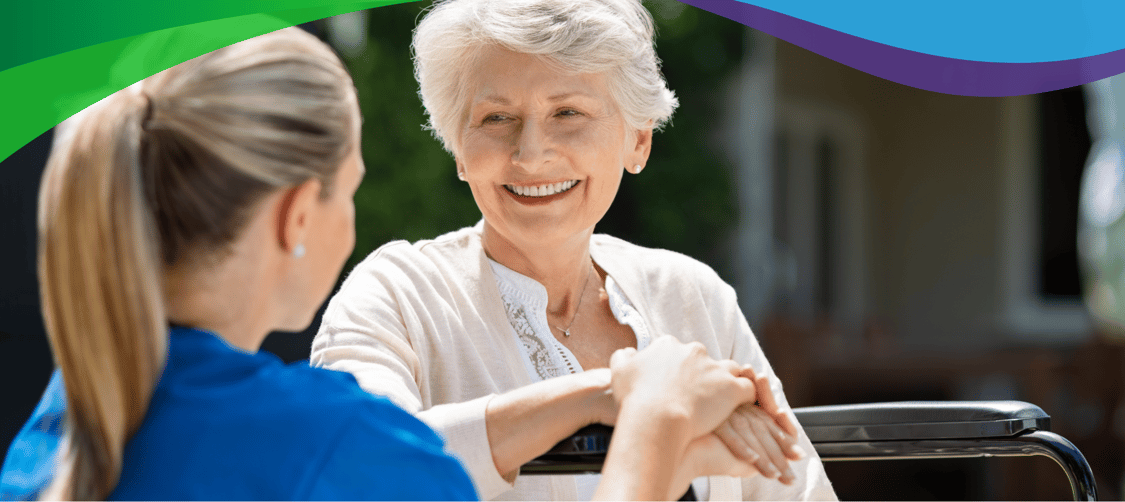Discover the transformative role of artificial intelligence (AI) in fall prevention strategies for...



In a rapidly evolving healthcare landscape, nursing homes face mounting challenges. Among them, ensuring the safety of their residents stands paramount.
With the rise of Artificial Intelligence (AI), nursing homes have a unique opportunity to address one of their most pressing concerns: falls. The pressing need for incorporating AI in nursing homes stems from its potential to revolutionize fall prevention strategies, making patient care safer and more efficient.
The Pressing Need: Addressing Patient Safety Concerns
The ECRI report (2023) has highlighted several safety concerns that, when viewed through the lens of nursing homes, can directly or indirectly contribute to the prevalent issue of falls:
-
Clinicians Operating Beyond Their Expertise
When nursing staff is stretched thin or lacks specialized training in geriatric care, they might not be fully equipped to assess the nuanced risk factors that contribute to falls. Without specialized knowledge, even seemingly benign decisions can inadvertently increase a resident's fall risk.
-
Poor Care Coordination
Fragmented care can result in overlooked or conflicting interventions, potentially exacerbating fall risks. For instance, if one clinician prescribes a medication that causes dizziness (a fall risk) and another prescribes a different drug with a similar side effect, the combined effect can significantly increase the danger without proper coordination.
-
Omitted Care or Treatment
In the context of fall prevention, omitting regular mobility assessments, neglecting to ensure residents wear proper footwear, or failing to update care plans can all lead to increased fall incidents. Any lapse in monitoring or preventive care can create an environment where residents are more susceptible to falls.
Insights from Healthcare Experts: Paving the Way for AI-Integrated Fall Prevention
In the midst of evolving healthcare landscapes, the imminent integration of AI stands as a beacon of innovation, offering promising solutions to persistent challenges in nursing homes, particularly in terms of fall prevention. As emphasized by Dr. Jung In Park from the University of California Irvine’s School of Nursing, the integration of AI into healthcare is not a mere addition but a profound transformation, one that is reshaping the very essence of healthcare delivery.
-
Leveraging AI for Fall Prevention: A New Dawn
Falls in nursing homes often stem from a complex interplay of factors including health conditions, medication effects, and environmental hazards. AI comes as a potent tool in deciphering this complexity, offering data-driven insights and predictive analytics to anticipate and prevent falls more effectively. Here’s how AI can revolutionize fall prevention in nursing homes:
-
Data-Driven Insights:
AI can analyze extensive datasets to uncover patterns and trends that might not be apparent to the human eye. This includes identifying high-risk individuals based on their health records, medication, and mobility assessments.
-
Real-Time Monitoring:
AI-powered sensors and wearable devices can provide real-time monitoring of residents, detecting any unusual movements or behaviors that might indicate an increased risk of falling. This allows for timely interventions, possibly preventing a fall before it occurs.
-
Personalized Care Plans:
AI can aid in developing personalized care plans, taking into account an individual's unique risk factors and suggesting interventions that are most likely to be effective in preventing falls.
-
-
Actionable Steps: Harnessing AI for Optimal Care
As nursing homes embark on this journey of transformation, here are actionable steps that can be taken to harness the full potential of AI:
-
Understanding AI:
It’s imperative that nurses are equipped with knowledge about AI, its applications, and its transformative potential in enhancing patient care. This includes training programs that focus on the practical application of AI tools in fall prevention.
-
Collaboration and Continuous Learning:
Collaborating with tech companies and engaging in continuous learning are crucial steps in staying abreast of the evolving AI landscape. This partnership can foster the development of AI tools that are specifically designed to address the challenges of fall prevention in nursing homes.
-
Integrating AI in Practice:
Embracing AI tools, especially those focusing on fall prevention, can pave the way for safer nursing homes. From predictive analytics to real-time monitoring, integrating AI into daily practices can significantly reduce fall incidents, ensuring a safer and more secure environment for residents.
-
As we stand at the cusp of a new era, it is clear that the integration of AI in nursing practices is not a mere addition but a profound transformation that holds the promise of reshaping healthcare delivery. By merging human expertise with AI’s analytical prowess, we can foster an environment where falls in nursing homes are not just managed, but effectively prevented.
Don't let falls compromise the well-being of your residents. Discover how OK2StandUp can elevate your nursing home's safety standards, offering advanced solutions in fall prevention. Ensure a safer environment for your residents today.







